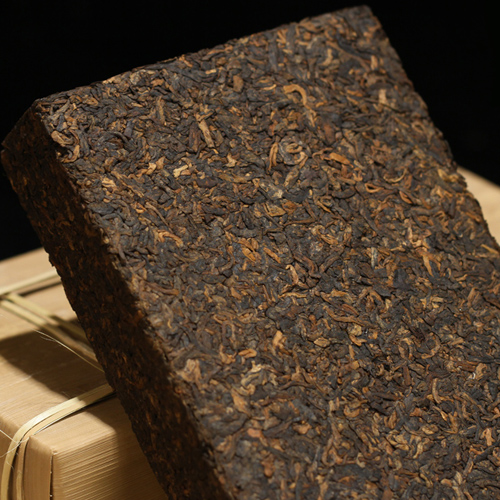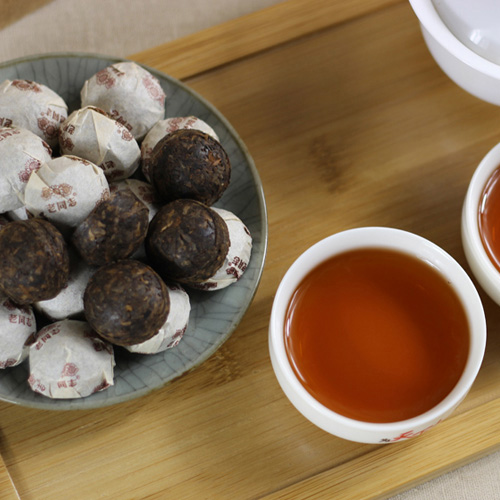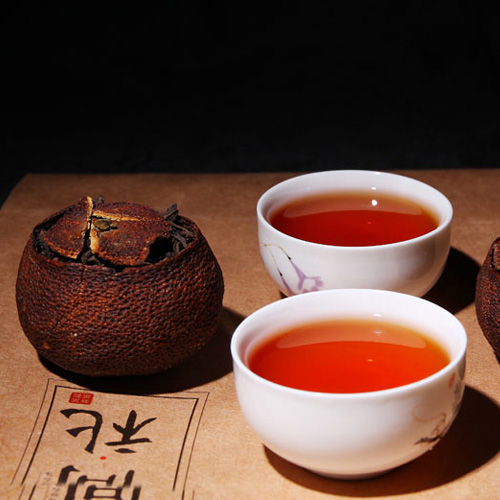A Selected Collection of
Chinese Pu-erh Tea
Chinese Pu-erh Tea
A Timeless Treasure of Yunnan
Pu-erh tea, one of China’s most iconic and unique teas, originates from the Xishuang Banna region in the southern part of Yunnan Province. Nestled near the borders of Myanmar, Vietnam, and Laos, this lush, tropical area is renowned for its rich biodiversity and ancient tea traditions. Historically, Pu-erh tea was primarily produced by ethnic minority groups for their own consumption and later traded along the Ancient Tea-Horse Road (茶马古道), which stretched from the town of Yiwu in Yunnan to Tibet, Mongolia, and Southeast Asia.
The tea takes its name from the town of Pu-erh, which served as a major hub for tea trading and logistics. Initially considered an ethnic tea consumed mainly by minority groups, Pu-erh tea has since gained global recognition for its complex flavors, health benefits, and unique aging potential.
The Ancient Tea-Horse Road was a vital trade route that facilitated the exchange of tea for horses between Yunnan and the remote regions of Tibet and Central Asia. Pu-erh tea, often compressed into cakes or bricks for easier transport, became a staple commodity on this route. Its durability and ability to improve with age made it an ideal product for long journeys. Over time, Pu-erh tea transcended its regional roots, becoming a symbol of cultural exchange and economic connectivity.
Unlike most teas, which are best consumed fresh to preserve their flavor and antioxidant properties, Pu-erh tea is celebrated for its ability to age and refine over time. This unique characteristic is due to its post-fermentation process, where microbes act on the tea leaves, causing them to darken and develop a smoother, more complex flavor profile.
The aging process can take place over years or even decades, with the tea’s flavor evolving through various stages. Depending on the storage conditions—such as humidity, temperature, and airflow—Pu-erh tea can develop notes of fruit, nuts, grass, herbs, and earth. This transformative quality makes Pu-erh a favorite among tea collectors and connoisseurs, who often compare it to fine wine in its ability to mature and improve with age.
Pu-erh tea is broadly categorized into two types: 1. Raw Pu-erh (Sheng Cha): This type undergoes minimal processing and is naturally fermented over time. It is known for its fresh, vibrant flavors and high aging potential. 2. Ripe Pu-erh (Shou Cha): Developed in the 1970s, this type undergoes an accelerated fermentation process to mimic the flavors of aged raw Pu-erh. It is characterized by its deep, earthy taste and smooth texture.
Both types offer a wide range of flavors and aromas, making Pu-erh tea a versatile and rewarding choice for tea enthusiasts.
Pu-erh tea is not only prized for its flavor but also for its numerous health benefits. Rich in antioxidants, polyphenols, and digestive enzymes, it is believed to aid in weight loss, lower cholesterol, improve digestion, and support cardiovascular health. Its unique fermentation process also produces beneficial microbes that promote gut health and immune function.
Pu-erh tea is deeply intertwined with the cultural heritage of Yunnan’s ethnic minorities, who have cultivated and consumed it for centuries. Today, it is celebrated not only as a beverage but also as a symbol of tradition, craftsmanship, and natural beauty.
Whether you’re drawn to the fresh, floral notes of raw Pu-erh or the rich, earthy depth of ripe Pu-erh, this extraordinary tea offers a sensory journey like no other. Its ability to age and transform over time makes it a living tea, one that continues to evolve and surprise with each brew.
Explore our collection of Pu-erh teas and discover the timeless allure of this ancient Chinese treasure. From its humble beginnings in the mountains of Yunnan to its status as a global delicacy, Pu-erh tea is a testament to the enduring power of tradition and the art of tea-making.





